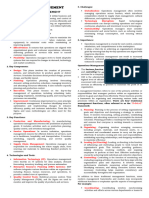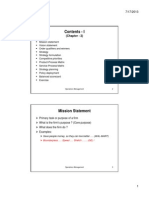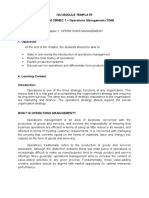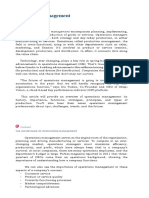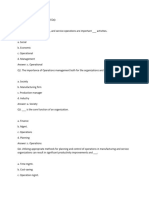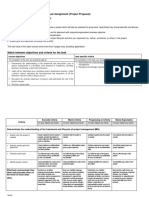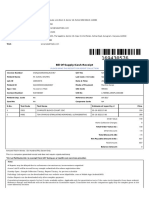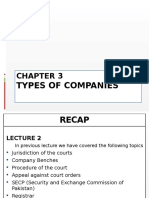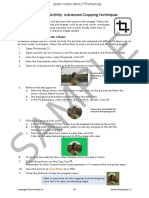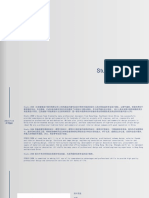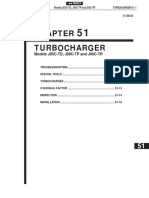0% found this document useful (0 votes)
10 views16 pagesOM Assignment
The document is an assignment cover sheet for a coursework on Operations Management, focusing on Toyota's operational strategies. It includes sections on the importance of operations management, performance objectives, and various operational functions such as facility layout and quality assurance. The report emphasizes the critical role of effective operations management in achieving organizational success and profitability.
Uploaded by
m.safwanluthufiCopyright
© © All Rights Reserved
We take content rights seriously. If you suspect this is your content, claim it here.
Available Formats
Download as DOCX, PDF, TXT or read online on Scribd
0% found this document useful (0 votes)
10 views16 pagesOM Assignment
The document is an assignment cover sheet for a coursework on Operations Management, focusing on Toyota's operational strategies. It includes sections on the importance of operations management, performance objectives, and various operational functions such as facility layout and quality assurance. The report emphasizes the critical role of effective operations management in achieving organizational success and profitability.
Uploaded by
m.safwanluthufiCopyright
© © All Rights Reserved
We take content rights seriously. If you suspect this is your content, claim it here.
Available Formats
Download as DOCX, PDF, TXT or read online on Scribd
/ 16
























